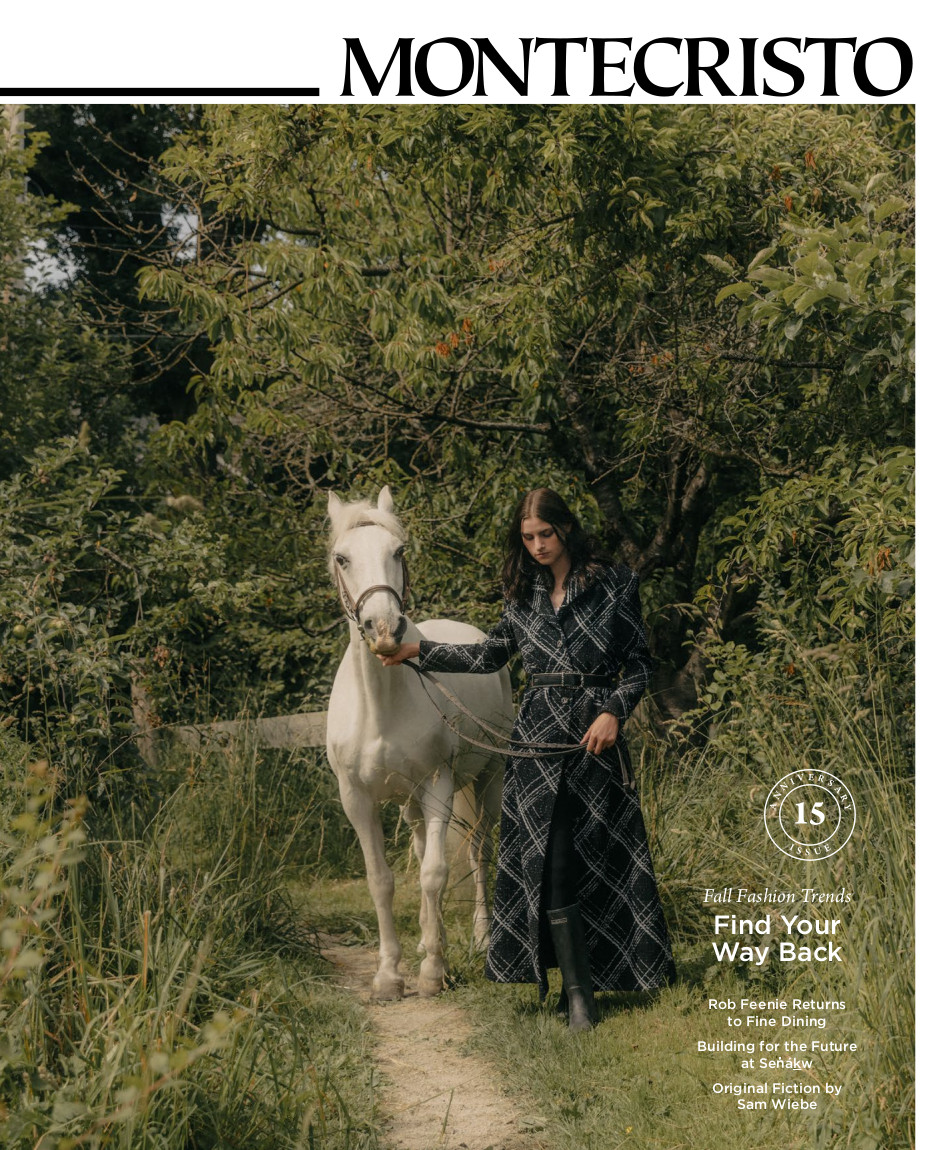It’s the stuff that skiers’ dreams are made of. Feathery white piles of frozen water particles blanketing mountain slopes, bowls, and chutes, waiting to reward the faithful with hours of pillowy pleasure. As surely as surfers scour the seven seas for the ultimate wave, skiers and boarders search far and wide for that holy grail of snow sports: perfect powder.
On a blustery February winter’s day, my brother and I arrive at Niseko: Japan’s largest and most famous ski destination. Located on the northern island of Hokkaido, Niseko encompasses four interconnected ski areas radiating from the same volcanic peak that together span nearly 900 hectares of mellow terrain and a decent thousand metres of vertical. It doesn’t just snow in Niseko—it never stops snowing. From the moment we check in to The Greenleaf Niseko Village hotel at the base of the mountain, until we board the shuttle bus to catch our flight home, the flakes keep falling. And falling.
Geography and orography have blessed Niseko, which averages over five metres of fresh snow during a typical January; compare that to Whistler’s average of about one metre. Dry, frigid Siberian winds mop up moisture over the comparatively warm Sea of Japan before reaching mountainous Hokkaido, where water turns not into wine, but into the finest, fluffiest flakes.
On our first morning on the mountain, our guide—a longtime British resident named James Winfield, who co-runs a boutique touring company here called Hokkaido Collective—gives us an orientation despite the near white-out conditions. Winfield has brought along backcountry beacons, probes, and shovels, enabling us to safely follow him through the gates that demarcate the resort boundaries and into Niseko’s expansive “slack country”, where we slice leisurely down through expansive glades of powder-encased birch trees the locals call juhyo (“ice monsters”). The near-zero visibility and untracked runs bring a welcome sense of serenity; we virtually have Niseko’s pitch-perfect snow all to ourselves.
It doesn’t just snow in Niseko—it never stops snowing.
“Niseko” means “a cliff jutting over a riverbank deep in the mountains” in the language of Hokkaido’s Indigenous Ainu people. In 1912, an Austrian military trainer, lieutenant colonel Theodor von Lerch Edora, is said to have been the first person to ski down Mount Yōtei, the volcano facing Niseko that has been dubbed the Mount Fuji of Hokkaido for its resemblance to Japan’s most enduring symbol. Word quickly spread of his achievement, and skiing took off for a time here. But it wasn’t until 1961 that the first lifts were installed, and not until the 1990s that Niseko began to appear on the bucket lists of serious winter sport enthusiasts.
Snow-smothered slopes aside, a visit to Niseko is also an immersion in rural Japanese culture. Sure, there are more “authentic” parts of Hokkaido, where the ratio of gaijin to locals is much lower. But even at this foreigner-friendly resort, where you’re as likely to hear an Aussie-twanged, “G’day, mate” as you are a crisp Japanese greeting of, “Ohayou gozaimasu”, opportunities for sampling the local lifestyle are still ample.
Soaking in Japan’s version of natural hot springs, called onsens, is one such pleasure. Of Japan’s more than 21,000 onsens, Hokkaido’s 1,165 rank it as having the third-most in the country. They can be found all over this volcanic island, and provide a soothing, rejuvenating means of escape for Japan’s famously overworked population. Several of Niseko’s hotels have their own natural onsens, like the one at the Greenleaf, where we “take the waters” each afternoon.
Mention must also be made of the exquisite food, an absolute highlight of any trip to Niseko. We seize the opportunity to sample some of Hokkaido’s celebrated seafood, like ika (squid), ikura (salmon roe), hotate (scallops), and kani (crab). The frigid waters surrounding Japan’s northernmost prefecture are ideal breeding grounds for fish and sea vegetation. At the Crab Shack near the Hilton Niseko Village, we are surrounded by rustic fishing memorabilia as we dig into a steaming hot pot. Also on offer: huge slabs of thinly-sliced Hokkaido wagyu beef perfectly paired with fresh seasonal vegetables in a savoury broth. After a day spent playing in Niseko’s giant snow globe, this hearty fare feels like the icing on the proverbial powder cake.















